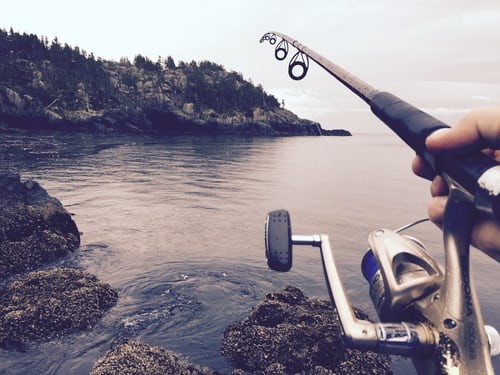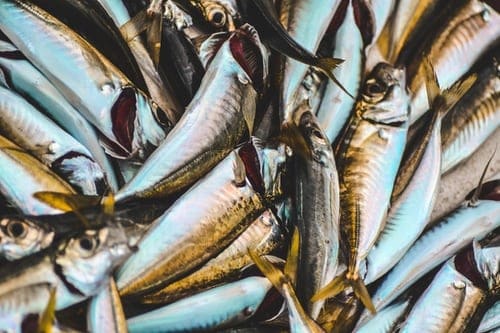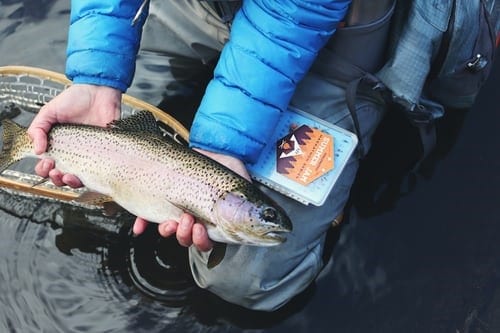Fishing is a good way to obtain food during prolonged survival situations, especially if you’re stranded near bodies of water like a lake, creek, pond, or river. However, this activity can take up a lot of time. Fishes can spoil if you don’t have the proper tools to maintain its freshness.
Keeping the fish alive after catching? You can keep the fish alive by catching it properly and humanely.
- Catch the fish using a fishing line or through a net.
- Transfer the fish into a basin of water by gently sliding it into the water.
- Hold it upright and swing it back and forth until it swims free.
The best way to keep fish fresh is by keeping it alive after you caught it. Keeping them alive also helps if you decide to return them to their habitats in case you caught more fish than you need.
How To Catch Fish
The catch and release method is deemed to be the most humane way to catch fish. This inflicts the least amount of injuries and allows you to keep the fish alive after catching. There are two ways to do this: through fishing lines and through nets.
Fishing Line

Flatten the barbs on the hook so that it can be easily removed. There are many hook options for fishing, but the least invasive is the circle hook. Use soft-wire hooks for smaller fish. They’re weaker than metal hooks but much easier to remove. Avoid using a J hook as this is more likely to snag the guts and internal organs, hence killing the fish. Avoid using treble hooks which come with three hook points that can fatally harm the fish.
Upon catching the fish on the line, bring it ashore as quickly as possible. The fish will struggle to escape and this will lead to exhaustion and even death. That’s why it’s important to use heavy-duty gear that will allow you to immediately hoist the fish out of the water without any issues.
Handle the fish gently. Place both hands on the underside of the fish so that it won’t wriggle free. Keep your thumb under its chin to prevent excessive movements. Use wet hands or moist gloves. Unhook the fish by sliding out the hook. If the barbs are embedded into the lip, try using a pair of long-nosed pliers to cut the hook so that you can slide it out.
Fishing Net

A fishing net is a humane way to catch fish. The only downside is that it catches fewer fish and may take more time. For this, the recommended equipment is a fishing net with a handle. Cast nets are for more experienced fishermen. Keep your net ready. Make sure to have ample space to hoist the net. Ask your companions to give you enough space so that when you do catch a fish, you can quickly transfer it to a container. Any obstacles can bruise the fish or even cause you to lose the catch.
Spot the fish you wish to catch. They usually move forward so the best technique is to place the net under them and then lift upwards. It’s not ideal to chase around the fish with your net. You’ll end up exhausting yourself. This will also exhaust the fish and cause unnecessary stress. You need to be patient and wait for the fish to swim above your net before catching it by pulling the net upwards.
Avoid stabbing the fish with your net. The frame of the fishing net can bruise and injure them. It can also scare the fish enough to make it swim for deeper waters.
How to Keep Fish Alive After Catching?

Transfer the freshly-caught fish into a pail or basin with water. The container should be large enough for the fish to swim freely. Avoid overcrowding the container. The water should be obtained from where the fish was caught. It doesn’t make sense to provide freshwater to saltwater fish.
Don’t throw the fish in the water because the impact can kill it. To avoid any sudden movements, you can flip the fish to its underside to temporarily disorient it. Flip it over again to its upright position and then gently slip it into the water. Grab the fish by its tail while supporting its underside using your other hand.
The fish should swim free from your hands and into the container. If it’s not moving, keep it upright while swaying it back and forth in the water. This will resuscitate it by helping it get a healthy dose of oxygen into its gills.
If the water container is too shallow, you can net the fish so that it stays at the bottom. Make sure to use a net made of soft and knotless fabric.
